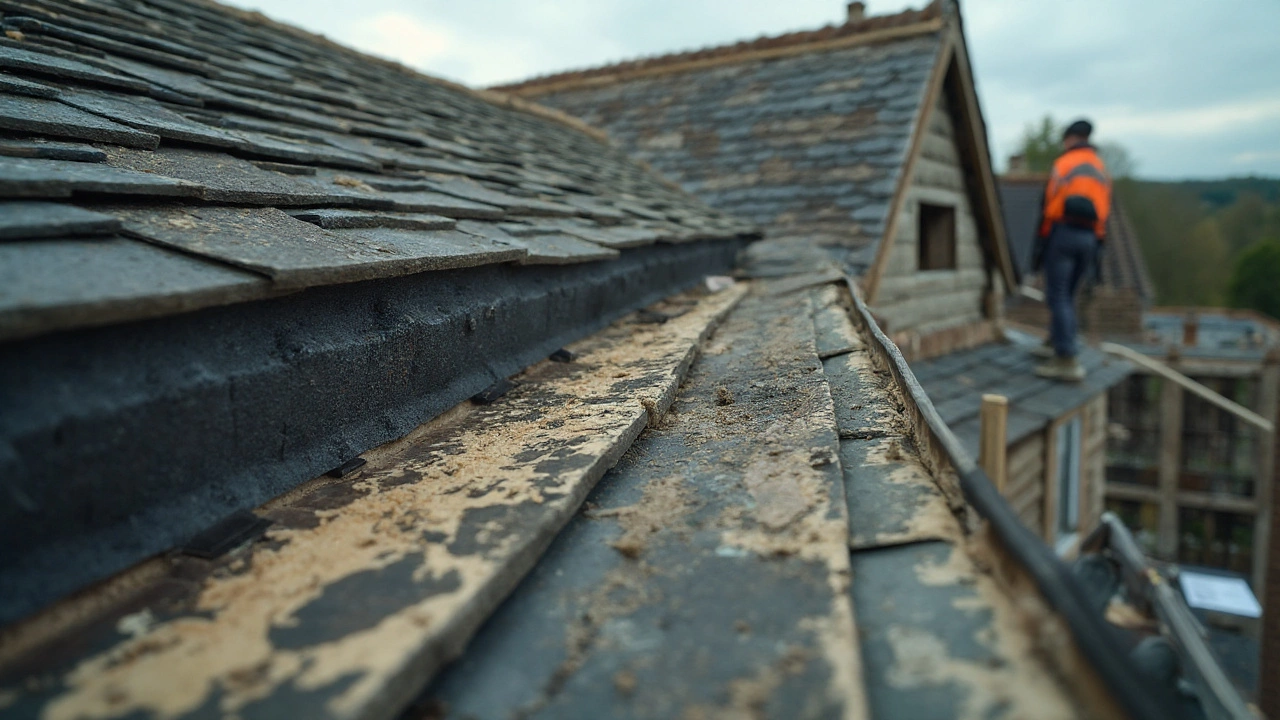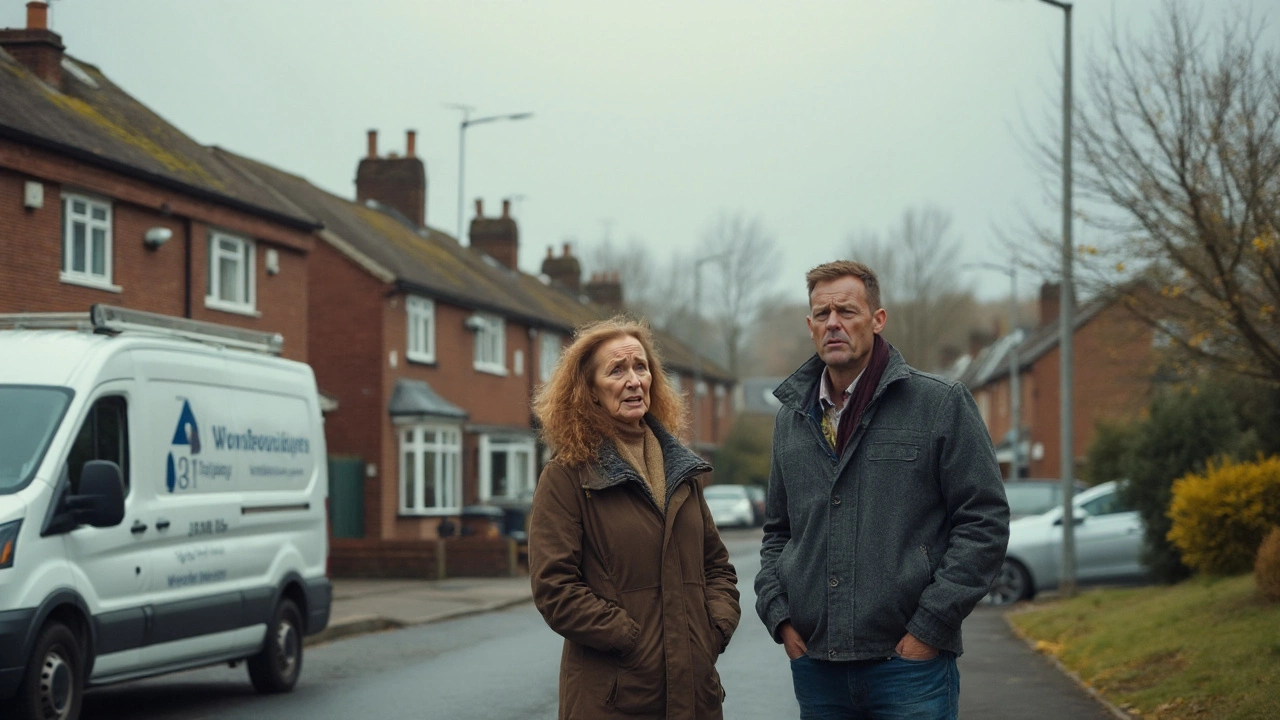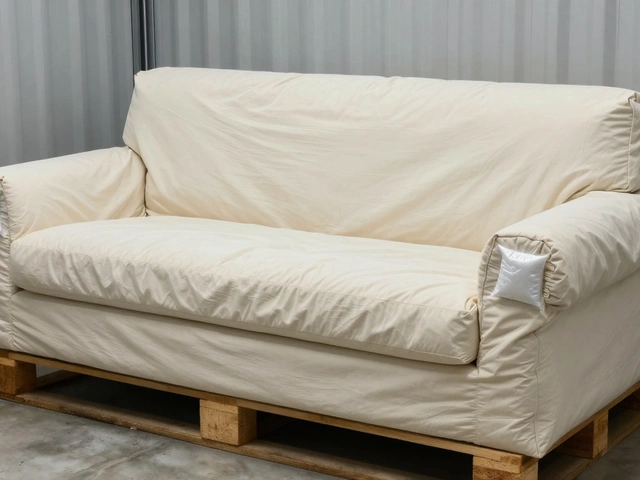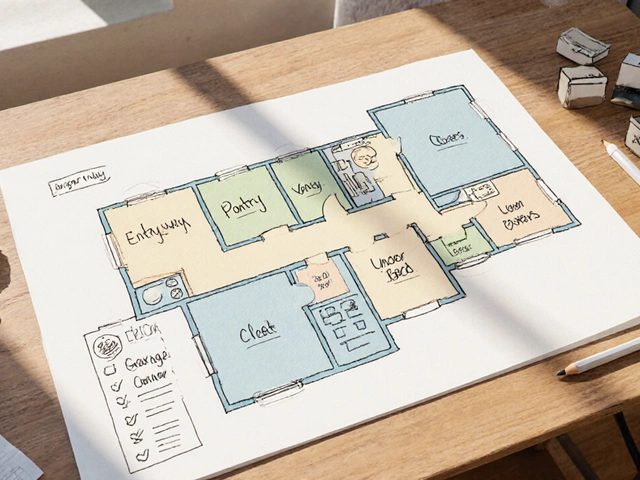Ever take a look at a roofing quote and feel like you just swallowed a whole lemon? $30,000 for a roof can feel outrageous unless you’ve been deep in the world of home renovations. Here’s the twist: sometimes that jaw-dropping number is totally legit. In Vancouver—or honestly, anywhere with wild weather swings, steep labor costs, and stricter building codes—roof prices have pushed new limits. It’s not just about slapping on shingles and calling it a day; it’s a complex cocktail of materials, labor, and decisions that can make or break your budget. So, what are you really paying for, and when is $30,000 too much?
What’s Driving the Price of Roof Replacements?
Every year, roof replacement costs seem to inch higher, with some homeowners getting hit with numbers they never expected. The biggest slice of the price pie is labor. In Vancouver, skilled labor isn’t cheap. Many reputable roofing crews pull at least $60 per hour, and it can easily climb higher on complex jobs—think steep slopes, skylights, or gables. Materials play a close second fiddle. Asphalt shingles, once the go-to for budget jobs, have jumped in price. Want high-end metal, eco-friendly tiles, or a classic cedar shake? Get ready to fork out even more.
Why the steep climb in costs? A mix of reasons. Supply chain snags after 2020 drove material costs up by as much as 30%, according to real numbers from the Canadian Construction Association. Labor shortages didn’t help either. As a result, a mid-sized roof on a 2,000-square-foot home could need $15,000–$30,000, depending on what’s under the old shingles and what you want on top. And complexity—features like solar panels, high pitches, or wonky architecture—add hours fast. Let’s not forget new regulations; Vancouver’s updated building code from 2023 added extra requirements for durability and energy efficiency, which drives up both labor and material cost.
Think about roofing waste too. It’s not only the demo but the cost to haul those old, heavy shingles away (many end up in special recycling, not just a landfill). Disposal fees and eco taxes show up on roofing invoices more and more. Many quotes even include a line for "unexpected repairs," because it's rare to peel up an old roof and not find at least some surprise rot or pest damage hiding underneath.
Below is a table showing average roof replacement pricing (2024–2025) in Vancouver, split out by roof type and home size. The numbers might sting, but they’re real and helping set the stage for why $30,000 isn’t always highway robbery.
| Roof Type | Home Size (sq ft) | Average Cost | Notes |
|---|---|---|---|
| Asphalt Shingle | 2,000 | $13,000–$18,000 | Standard, basic install |
| Asphalt Shingle | 3,500 | $20,000–$27,000 | Large, complex roof lines |
| Metal Roofing | 2,000 | $18,000–$30,000 | Premium, energy-saving |
| Cedar Shake | 2,000 | $24,000–$38,000 | Natural, higher installs |
| Eco Tile (Synthetic) | 2,000 | $30,000–$40,000 | Long life, specialty crew |
Material Choices: Dollars, Durability, and Style
Choosing what to cover your home with is not just about price per bundle. Sure, asphalt shingles are the old reliable, but are they still the right call for a West Coast home facing rain, snow, hail, and salty ocean air? Basic shingles used to cost $80–$120 per square (100 square feet), but lately, premiums and specialty colors can run double that. The lifespan? Maybe 15–22 years if you’re lucky and there isn’t a heavy moss invasion or tree damage.
Want less hassle long-term? Metal roofing is way more popular now, despite the sticker shock. In Vancouver, you'll see it on everything from west-side heritage homes to new builds downtown. It lasts 40–70 years and shrugs off leaks, fire, and even the odd raccoon. Problem: it comes with a price. Custom profiles, thick-gauge panels, and pro installers stack up the costs quickly.
Got your heart set on something fancy? Cedar shakes and shingles match the natural look of the Pacific Northwest, but they demand expert installation and more maintenance—think annual treatments if you want to avoid rot and moss. Synthetic eco tiles are seen more in 2025 than ever. They’re made from recycled materials and can last even longer than metal, but their upfront price is typically the highest.
Want a breakdown of what impacts price by material? Here you go:
- Asphalt: Low cost upfront, more repairs, shorter life
- Metal: High install cost, low maintenance, big energy savings
- Cedar: Premium material and labor, gorgeous curb appeal
- Synthetic/Eco: Highest price, greenest choice, lowest upkeep
If you’re eyeing that $30,000 quote, check the line items. High-quality underlayment, new flashing, better insulation, even ridge vent systems can add hidden value (and future savings). But not all prestige materials are created equal—some budget options are just inflated with brand hype. Ask for product specs and actual manufacturer warranties. Some shingle brands offer 50-year guarantees, but read the fine print; transfer rules and maintenance conditions matter if you ever want to sell your house.

How Labor and Local Codes Inflate Vancouver Roofing Costs
You’d be surprised how much of your roof budget never touches a shingle. Labor absorbs at least half the cost on a typical Vancouver job. Roofers don’t just lug bundles up ladders—they handle disposal, prepare the worksite, repair rot, refit ventilation, and ensure everything follows the book on safety. Since 2023, new rules in BC building codes have raised the bar on moisture barriers, insulation thickness, and safety harness setups. Inspectors have more clout, meaning roofers now take extra steps (and extra days) that cost you money.
This gets tougher on complex roofs. Steep pitches? They slow down every move and demand extra safety gear. Roofs with skylights or multiple dormers? Every angle adds custom flashing and more caulking. Work like this can kill a one-day install dream. Some projects take a week or more, especially when Vancouver weather throws in a surprise thunderstorm.
Factor in insurance—roofing is hazardous, so reputable crews carry high premiums. Don’t forget about WorkSafeBC fees. These cost more now, and if you pick a crew cutting corners (and prices), you’re gambling with liability if anyone gets hurt. Good crews pay staff the proper wage, comply with all permits, and won’t leave you with a mess. The not-so-good ones might walk away as soon as that first rainstorm tests their work. When reviewing estimates, always ask to see copies of insurance and license docs before you let anyone swing a hammer.
And don’t underestimate the role of supply and demand. In late summer, roofing companies in Vancouver book out weeks ahead. Storm damage, record heat, or supply shortages can make prices jump literally overnight. If you wait until roof leaks force your hand, expect to pay a premium—or risk subpar workmanship as desperate crews underbid for quick jobs.
Is $30,000 Worth It? When to Save, When to Splurge
No one wakes up excited about spending tens of thousands on a roof, but skimp too hard and you may just end up paying even more later. On a standard Vancouver home, $30,000 might sound wild—but it could also make sense, depending on your situation. If your roof is large, complex, or sitting under tall trees with constant moss threats, the "average" roof price just doesn’t apply.
Here’s how to spot when a $30,000 roof makes sense:
- Big home or heavy roof architecture (multiple levels, dormers, odd angles)
- Premium or specialty materials (metal, artificial slate, eco tiles)
- Major fixes under the surface (lots of rot, damaged decking)
- Strict city permitting or extra weatherproofing in the estimate
- Pro-grade labor, insurance, and disposal handled fully by the contractor
If your estimate is high but covers all materials, proper venting, full tear-off, waste disposal, new flashing, ridge cap, and upgraded ice/water shield…it’s legit. If you’re paying top dollar and getting only bare basics, walk away. Roofing isn’t the time to play roulette with lowball bids, even if the savings feel tempting.
Tips to get value for your money:
- Collect at least three quotes—and compare every line item
- Ask for local references, then check the finished jobs
- Read the full warranty—don’t settle for vague ‘manufacturer’s coverage’
- Negotiate payment tied to work milestones, not just upfront deposits
- Look for bulk material discounts or late-season deals (roofers sometimes offer specials in late fall)
The best roof is one you never have to think about again. A cheap patch job might get you through a couple winters, but a quality roof should outlast your mortgage. If you’re on the fence, weigh material upgrades or extra insulation as part of the cost—sometimes a little more now means a lot less stress (and fewer leaks) later. And even though $30,000 stings, it’s about peace of mind—no buckets on the floor when the Vancouver rains barrel down. If you’re dropping cash into your house, make it count where it matters most—over your head.




